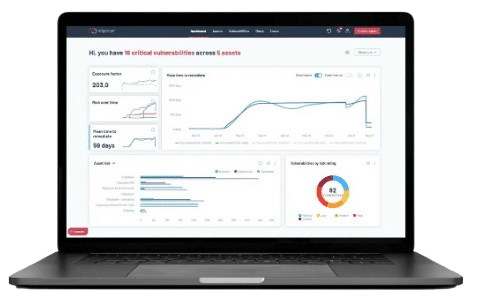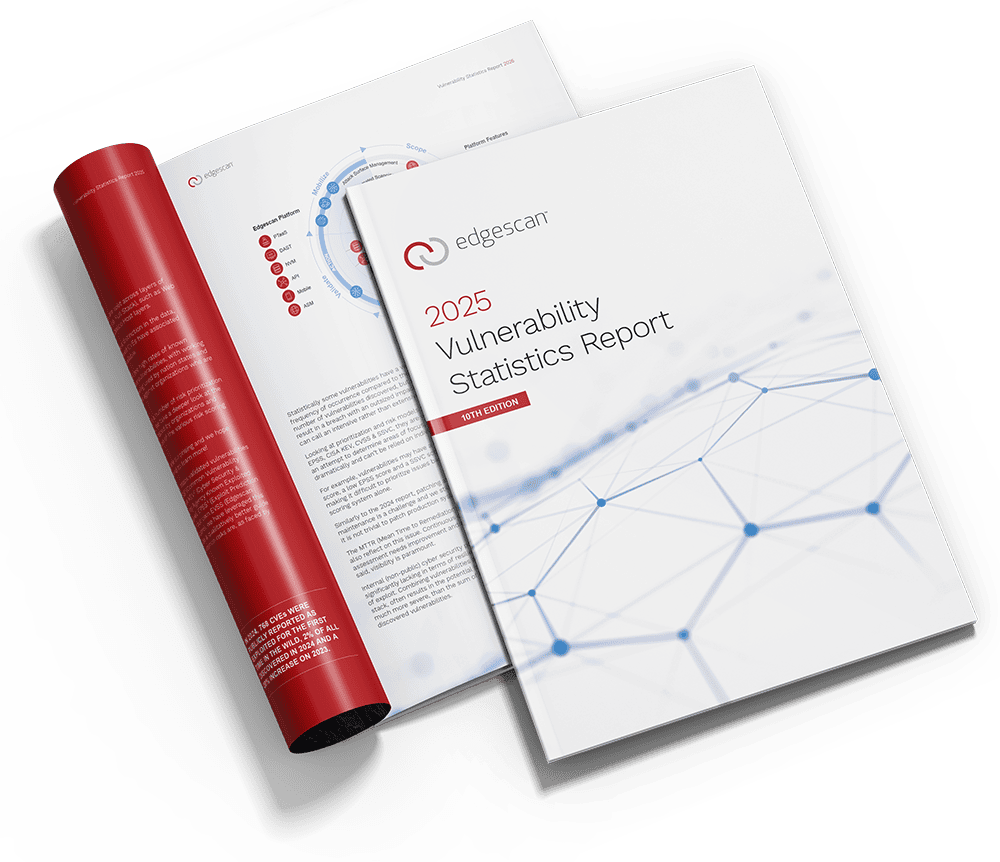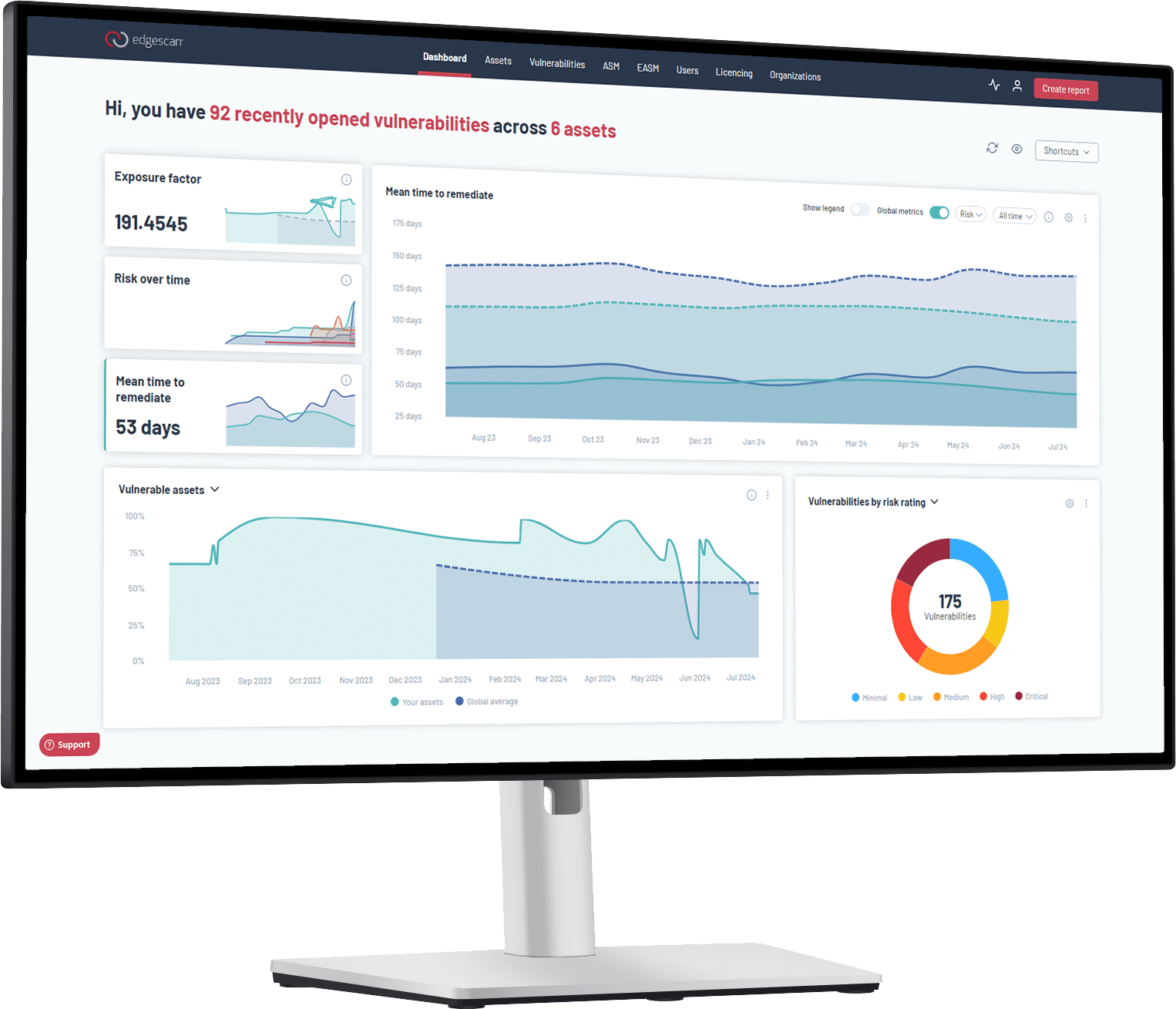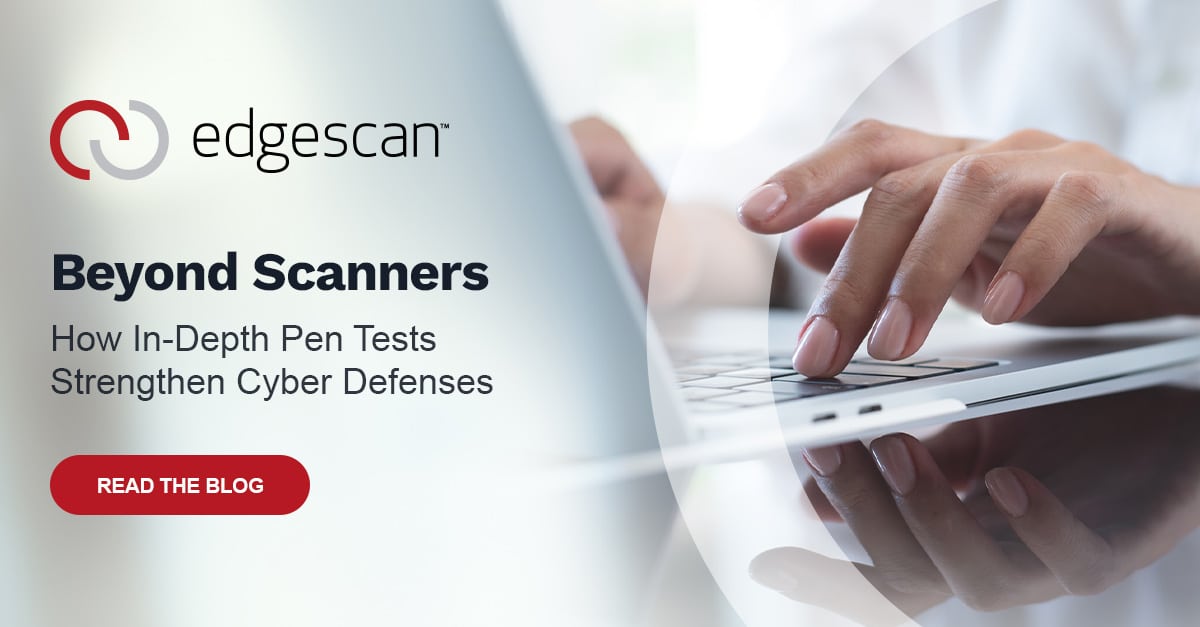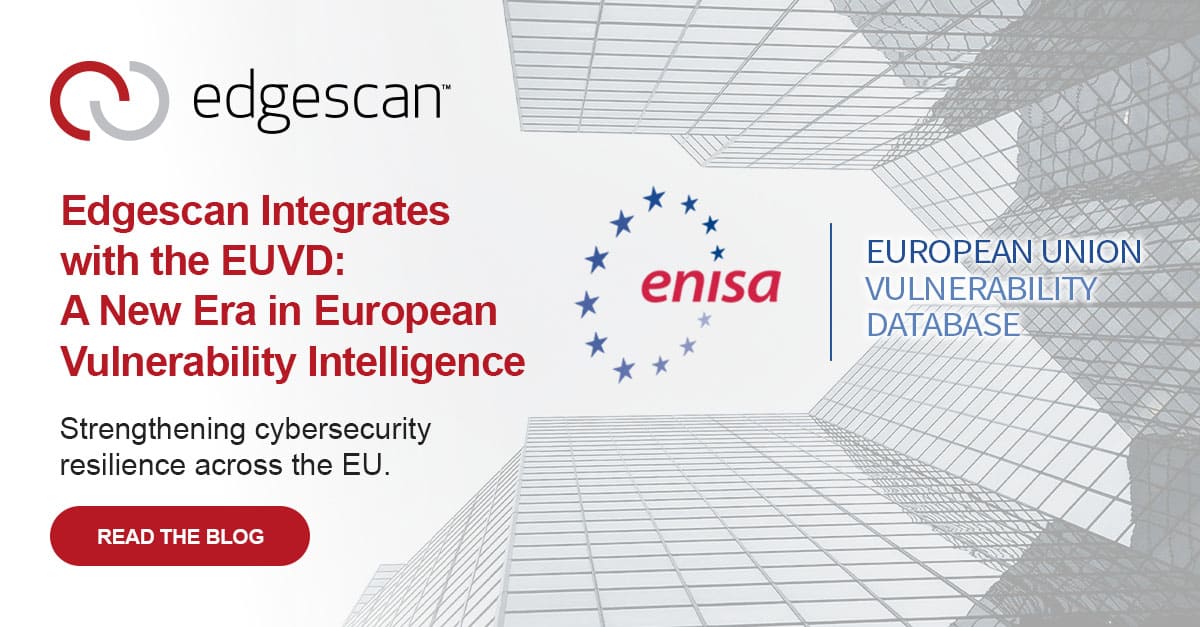In today’s threat-filled digital landscape, organizations face relentless assaults from hackers seeking to exploit any weakness to breach networks, steal data, disrupt operations and more. One of the most effective ways to harden cyber defenses is to identify and address vulnerabilities before criminals can exploit them. This is where penetration testing comes into play.
As a crucial piece of any vulnerability management program, penetration testing, or “pen testing”, is the practice of simulating real-world cyberattacks to evaluate the security of an organization’s systems and networks. It involves authorized security professionals (ethical hackers) using the same tools and techniques that malicious attackers employ to breach defenses and gain unauthorized access. The clear difference being that pen testing is done with the permission of a given organization in a controlled manner to help an organization rather than harm it.
The main objective of a pen test is to uncover as many security weaknesses as possible so they can be remediated before the real threat (external attackers) can exploit them. This includes identifying vulnerabilities such as software flaws, misconfigurations, weak passwords, and logic errors. By thoroughly assessing systems with an adversarial mindset, expert pen-testers provide an in-depth evaluation of an organization’s attack surface and the effectiveness of their security measures in place. With this in mind, pen testing alone cannot allow organizations to stay in-the-know year-day in and day out. Automated vulnerability scanning tools can be utilized to identify known security flaws quickly and consistently, but they cannot replace the need for manual testing performed by skilled human experts.
While scanning has its place in the vulnerability management program, it only scratches the surface. It may not detect more subtle issues that can exist in custom applications or unique system architectures. Scanners can only identify documented vulnerabilities and cannot detect complex multi-step attack vectors or business logic flaws. These types of vulnerabilities require creative, out-of-the-box thinking. It is crucial to have both automated scanning tools and manual testing, performed by experts, to ensure proper security measures are in place.
Hands-on-keyboard assessments performed by experienced pen testers are absolutely vital in the efforts to harden defenses. Skilled testers go beyond just running tools – they probe systems inquisitively, using their deep knowledge of attack techniques and experience with myriad technologies. They experiment, adapt, and follow hunches to uncover hidden weaknesses that a scanner would never see.
As an example, imagine pen testing a large custom-built web application. In this scenario a scanner might check for an SQL injection on login fields or look for known vulnerable Javascript libraries. But a human tester will explore every input field, test for access control issues, analyze the logic to find ways to bypass workflows, manipulate APIs unexpectedly, and chain multiple small bugs together – relentlessly hunting for any crack in the armor.
Another key benefit of manual pen testing is the ability to provide in-depth context around findings. A scanner reports a vulnerability, but a skilled tester can demonstrate how it could be exploited, gauge the potential impact, and provide remediation advice tailored to the specific organization and its technology stack. This extra insight helps companies effectively prioritize their efforts, based on real-tangible risk.
Real-world critical vulnerability data from Edgescan’s 2024 Vulnerability Statistics report highlights the importance of thorough manual testing:
- CVE-2023-28252, a Windows CLFS Driver vulnerability allowing privilege escalation, was exploited to distribute Nokoyawa Ransomware. The root cause was weak authorization logic in the application due to poor development practices and insufficient QA. This type of flaw is difficult to detect with automated testing tools alone.
- Malicious file upload vulnerabilities accounted for 7.25% of all high and critical severity issues found by Edgescan in 2023. While often overlooked, these flaws can enable attackers to deliver ransomware and malware or establish footholds for further compromise. Detecting malicious file upload issues is straightforward for skilled manual testers but can be missed by automated scans.
Of course, manual pen testing takes more time, effort and budget than automated scanning. Expertise is required, and the scope of each and every assessment must be carefully outlined. But the fact remains, in-depth expert -led assessments are a necessary investment for organizations serious about security.
Pen testing frequency depends on factors like organization size, compliance mandates, and risk tolerance, but an annual assessment is regarded as a mandatory exercise by regulators, underwriters, and practitioners alike.
Even still, we all understand that no defense is impenetrable and new threats constantly emerge. With this in mind, pen testing alone cannot allow organizations to stay in-the-know year-after-year, day in and day out. Automated vulnerability scanning tools can be utilized to identify known security flaws quickly and consistently, but they cannot replace the need for manual testing performed by skilled human experts.
A proactive, well-informed defense is crucial in a world where cybercrime is ever-present. Hands-on penetration testing is one of the most powerful tools available to bolster an organization’s resilience in the face of determined adversaries. By viewing systems through the eyes of an attacker and identifying and closing gaps before criminals exploit them, companies can reduce cyber risk, protect valuable assets, and operate with greater confidence in a dangerous digital world.
How Edgescan Approaches Pen Testing
At Edgescan, we strongly believe in the significance of human expertise in pen testing. This is why our pen testers are highly experienced security professionals, not junior analysts or anonymous crowd-sourced researchers. Our testers hold top certifications such as the OSCP and CREST, and they have been with the company for an average of 7 years. We heavily invest in continuous training to ensure their skills remain up-to-date and sharp.
When you get a pen test from Edgescan, you can be confident it’s a thorough, “hands-on-keyboard” assessment conducted by seasoned experts who look deeply for flaws, not just a dressed-up automated scan. We back this up with rigorous operational practices – as an ISO 27001 certified company, you can trust us to handle your data and access your systems responsibly.
Our pen test services integrate seamlessly with Edgescan’s acclaimed vulnerability management platform. This enables customers to get periodic in-depth pen testing and maintain continuous visibility of their security posture via automated scanning, insightful dashboards, and reports. It’s a holistic solution for proactive cyber defence.
Don’t settle for a “pen test” that’s little more than a fancy scan from a vendor who can’t actually deliver human expertise. And don’t rely on occasional check-the-box assessments that leave you exposed in between. Partner with Edgescan for real, comprehensive pen testing conducted by top experts, integrated with powerful scanning and risk management capabilities.

